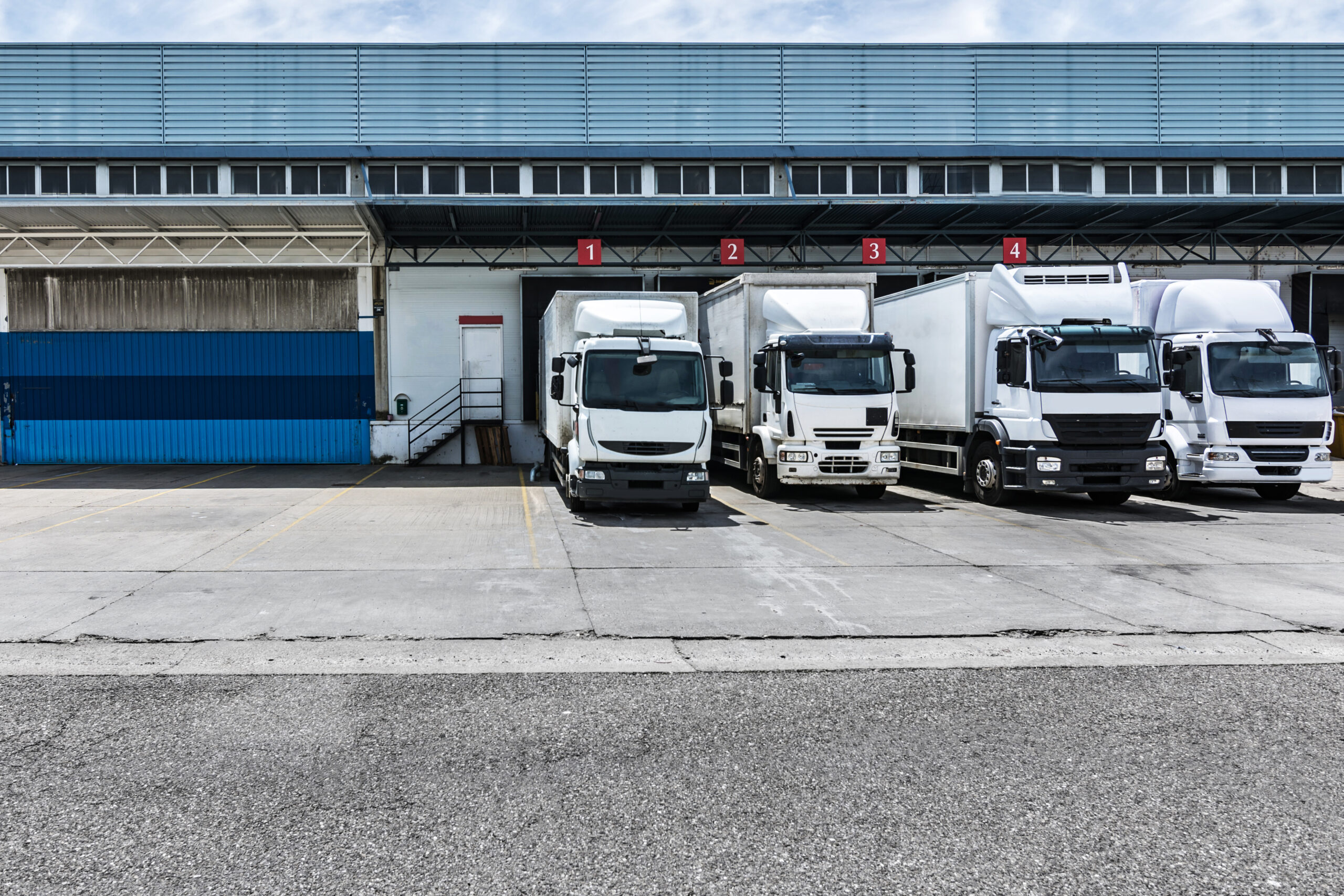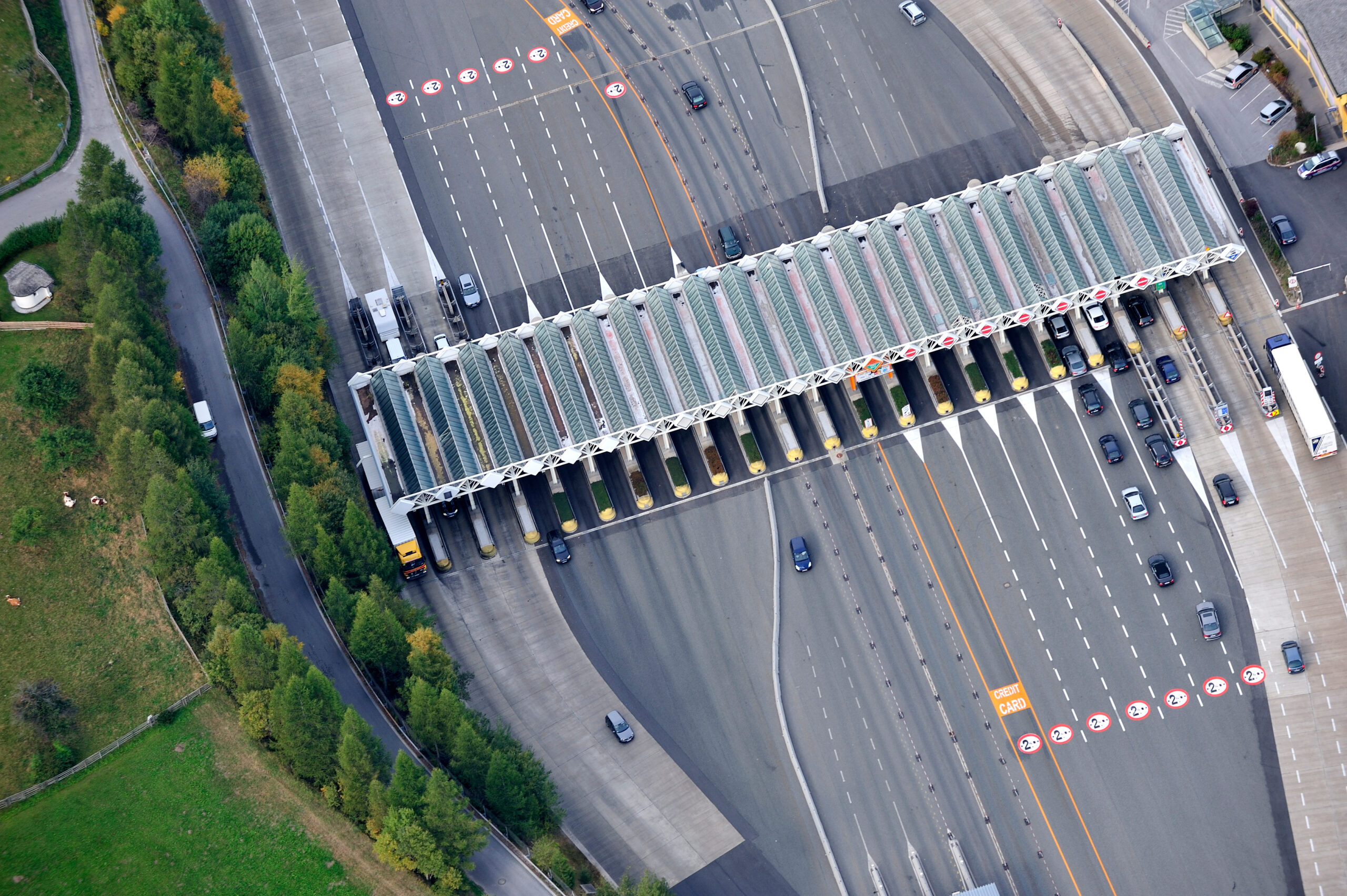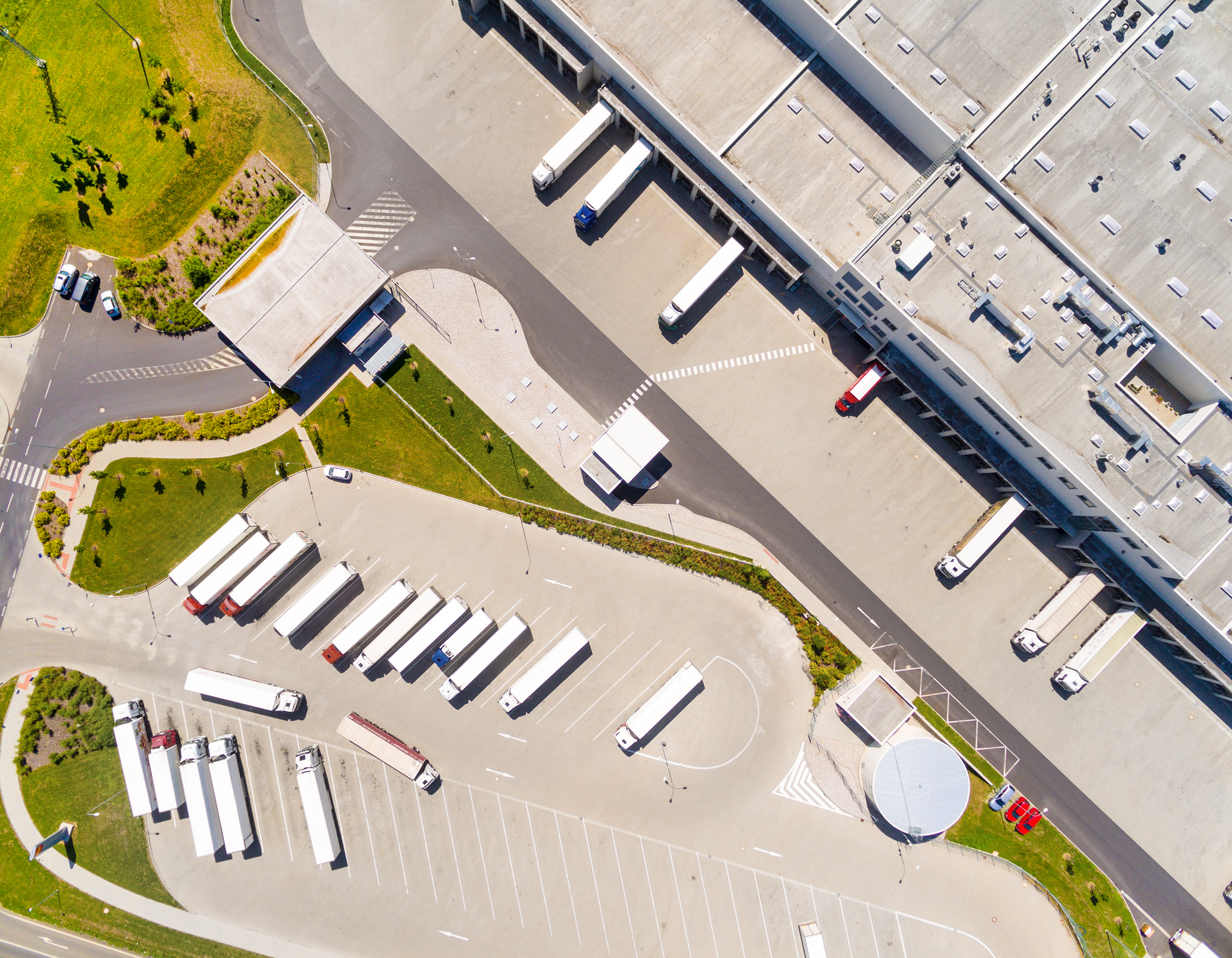Crossing the digital waters of fleet management can be tricky, but telematics can help organizations improve the bottom line. By delivering real-time vehicle location and usage data, these systems improve operational efficiency, safety, and profitability across sectors. The broad application underscores their growing necessity in a competitive landscape.
So what is a telematics system, how does it work, and what tasks does it solve? This article addresses these critical questions and provides insights into the multifaceted role of telematics in modern vehicle management.
What is a telematics system?
For those seeking a more technical understanding, telematics is a prime example of technical synergy, as it combines telecommunications and information technology to manage a fleet. Using GPS and onboard diagnostics, this system may provide a wealth of information about a given car’s whereabouts, health, and usage habits. It’s a powerful system that collects and sends data in real time, giving fleet managers a wealth of options for making decisions. Improving operational efficacy, guaranteeing on-road safety, and strengthening preventive maintenance methods all rely on this complex network of technologies. The current logistics and transportation industries couldn’t function without it because of its vital insights when strategizing, planning, and executing fleet management duties.
How telematics systems work?
Telematics systems operate through an advanced integration of GPS technology and onboard diagnostics, all interconnected via cellular networks. At its core, the system is composed of three primary components: a GPS receiver, an engine interface, and a modem. The GPS receiver’s role is crucial in pinpointing the vehicle’s exact location, while the engine interface delves deeper, extracting detailed diagnostic data. This flow of information is then channeled through the modem, ensuring its transmission to a centralized server. It doesn’t end there – the data is processed and made readily accessible through specialized software, offering users real-time analytical insights into their fleet’s operations. This complex yet harmonious interplay of technology facilitates a continuous flow of information, providing a 360-degree view of vehicle performance, location, and driver behavior. The result is a valuable tool for fleet managers, enabling informed decision-making, enhancing operational efficiencies, promoting safety, and ultimately driving the proactive management of modern fleet operations.
What data is collected?
Telematics systems harvest extensive data, transforming fleet management into a data-driven science. Key information includes vehicle location, speed, and idle times, along with engine activity from start-up to shut-down and fuel usage. Moreover, they provide insights into driver conduct, recording instances of harsh braking, swift acceleration, or sharp cornering. This data isn’t just quantitative – it’s qualitative, forming the backbone of enhanced operational efficiency, strategic preventive maintenance, and adherence to compliance standards, all crucial for optimized fleet management.
What tasks does a telematics system solve
In the complex fleet management ecosystem, telematics systems act as multifaceted solutions, addressing a spectrum of operational needs from real-time tracking to behavioral analytics, security, and beyond. Here’s how they’re revolutionizing the industry:
- Fleet management. Telematics, including GPS tracking systems, are the backbone of efficient fleet management, offering a real-time comprehensive view and historical data for each vehicle. This encompasses travel history, engine fault codes, fuel consumption rates, cargo temperature, driver behavior statistics, and more, essential for both light commercial vehicles (LCV) and heavy commercial vehicles (HCV). This centralized information hub simplifies large fleet coordination, enhancing route planning, efficient scheduling, and resource allocation, thereby streamlining operations and boosting service delivery.
- Route planning and task management. Telematics software excels in route optimization, analyzing diverse data points like traffic updates, weather conditions, road surface quality, historical route times, and vehicle load status. This ensures the selection of the most time and fuel-efficient routes, crucial for vehicle telematics, improving delivery times and customer satisfaction, and reducing the overall environmental impact.
- Anti-theft protection. Security is enhanced with telematics solutions through real-time location tracking and geofencing alerts, crucial for truck telematics, discouraging theft, and enabling quick recovery of stolen vehicles. Additional features like remote ignition blocking provide an extra security layer, reassuring fleet managers.
- Digital logbook. Telematics modernizes record-keeping, automatically logging extensive travel data such as route details, mileage, fuel usage, and stop durations. This digital accuracy simplifies reporting, ensures legal compliance, and provides precise documentation for analysis and auditing, which is important in managing business and private trips.
- Preventive maintenance. By continuously monitoring diverse parameters like engine temperature, battery condition, brake wear, and tire pressure, vehicle telematics predicts maintenance needs. This data-driven approach schedules servicing precisely when needed, preventing breakdowns, costly repairs, and prolonging vehicle lifespan.
- Insurance. Insurance entities value the wealth of data provided by telematics systems, from driving habits to vehicle usage patterns, aiding in precise risk assessment. This often translates into lower telematics prices for insurance premiums, promoting safe driving, and enhanced security measures.
- Environmental compliance. In today’s eco-aware landscape, telematics is crucial. Eco-driving solutions track emissions, idle times, fuel efficiency and monitor drivers’ behavior, and thus help fleets reduce their carbon footprint and comply with stringent environmental regulations necessary for sustainability-focused companies.
- Driver safety and performance. Beyond vehicle tracking, telematics is key to driver safety. It monitors behaviors, including speed, braking patterns, and seatbelt usage, identifying areas for improvement. Real-time feedback can be provided, promoting best practices, safety, and a culture of accountability among drivers.
Telematics systems have fundamentally reshaped the fleet management landscape, integrating diverse operational components into a data-driven platform. These systems involve complex datasets, extracting real-time diagnostics and longitudinal performance metrics indispensable for strategic route optimization, timely preventive maintenance, driver safety protocols, and compliance with regulatory standards.
In this demanding market, Linqo stands out in Germany as a reliable provider of advanced telematics solutions. The company’s offerings are not just technologically powerful but are also finely tuned to meet the specific needs of diverse fleets, including LCVs and HCVs. Linqo’s systems culminate with over 15 years of industry experience, customer feedback, and technical innovation, all crafted within their tech-centric European hubs. With a commitment to adaptability and precision, it positions Linqo as a trustworthy partner for businesses seeking to leverage the full spectrum of telematics capabilities.









